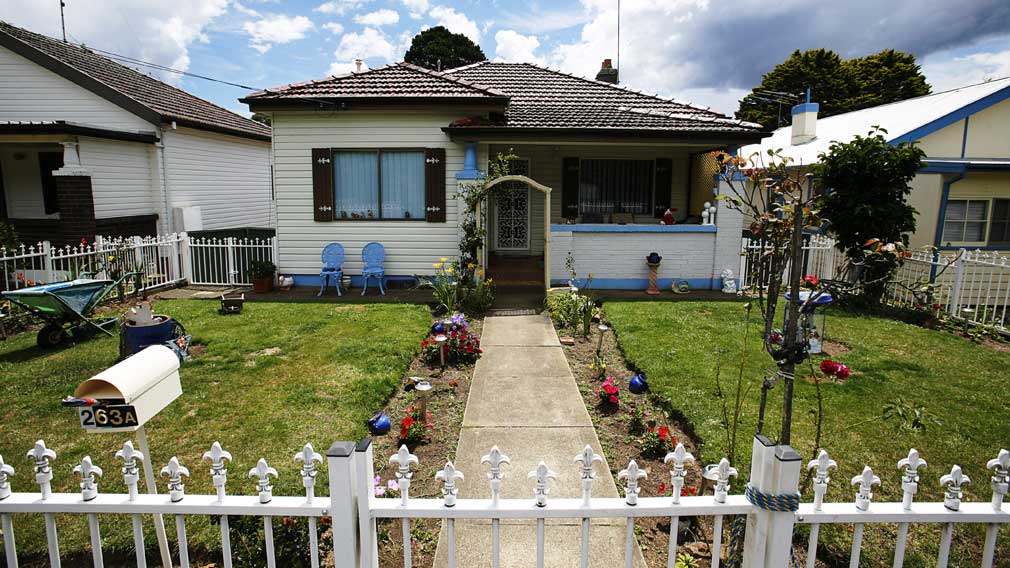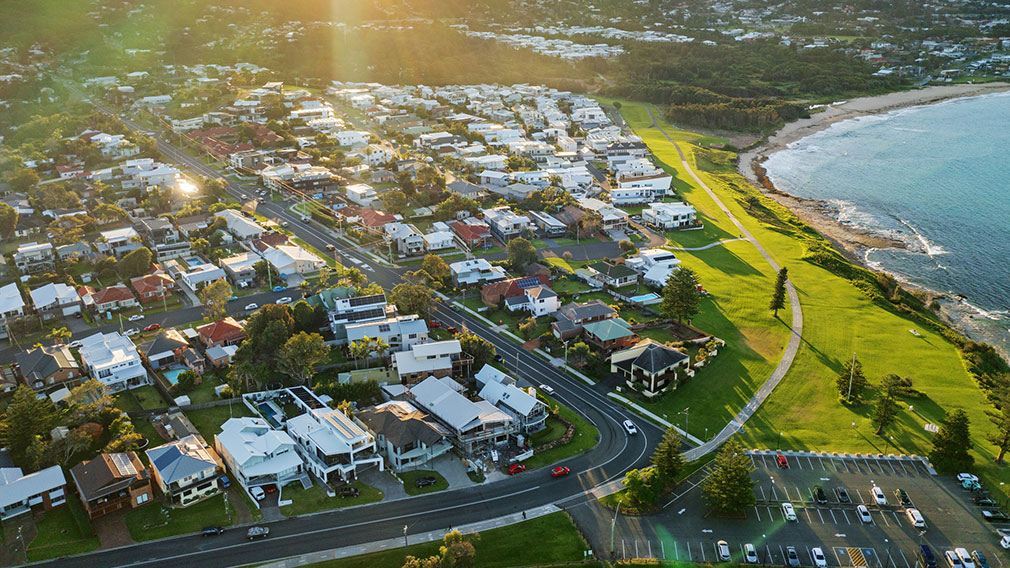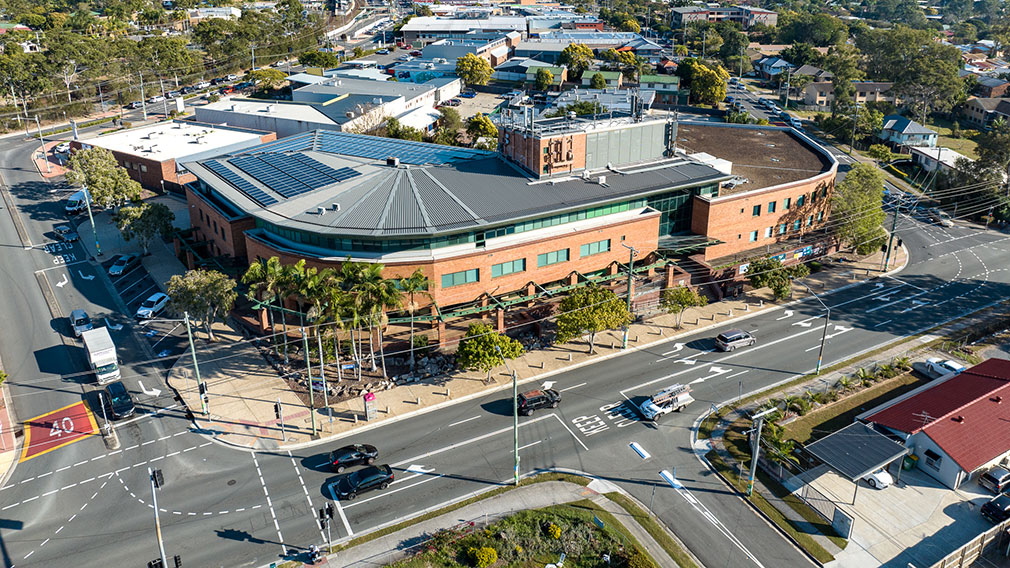Less housing 'bubble' talk, more affordability action

New Westpac research shows that despite talk of a housing “crash”, the great Australian dream of owning your own home is still alive for more than half the population. (Getty Images)
Growing up in social housing in Darwin, I am acutely aware of the desire to own the bricks and mortar you call home. After all, it’s about more than just financial security; it can help give a sense of physical and emotional security while providing a feeling of belonging.
On a more practical level, it also encourages people to save, helps build and distribute wealth, increases civic involvement and can ultimately lead to an increased tax base, thereby improving public services.
Ultimately, it can help create stronger and more productive communities, which is why, since World War II, home ownership has been a cornerstone of Australia’s growth and prosperity.
There is no disagreement on this. However, in 2017 home ownership levels continue to fall. Affordability is now one of the key issues facing our community and as a country we are lacking consensus on the best way forward.
I first started deeply reflecting on the growing issue of housing affordability and home ownership around mid-2015. Leading St.George Bank at the time, I was seeing first-hand that increasingly the great Australian dream of owning your own home was, for many, becoming just that – a dream, particularly for young families. Prices were rising at multiples of incomes and – like in many countries – those who didn’t already own assets, such as property, were finding it harder to progress.
It’s clearly a complex issue compounded by weak wages growth and increasing power costs; we accept the way forward will be difficult to navigate. It requires a deep understanding, a review of available information and data, and – importantly -- honest and open dialogue between a variety of groups, including government, social enterprises, industry and business. For a meaningful discussion, we also need to hear directly from the community, to hear their thoughts on how they’re being impacted and what potential measures they think would help.
This is why Westpac recently partnered with Ipsos and interviewed more than 2000 Australians on their views on housing affordability. Some of the topics explored included what people felt was the role of government, how much of an issue housing affordability actually is and the approaches aspiring first time home buyers were taking.
The results were fascinating, providing a first person account of how people are responding to the housing affordability conundrum and confirming – but also debunking – several claims and narratives about the housing market. Indeed, views varied greatly between generations, socio-economic groups and cultural backgrounds.
Despite talk of a housing “crash”, the research confirmed that the “great Australian dream” of owning your own home is still alive for more than half the population (60 per cent). Around 60 per cent of owner occupiers also feel far more positive about their financial future than aspiring first time buyers, a cohort downbeat that the dream was still alive for them. Around 92 per cent of respondents believed owning your own home was one of the best ways to build wealth, yet 72 per cent of people feel that the next generation of Australians will never be able to afford their own home.
I don’t believe we are in a housing “bubble”, despite the strong run-up in house prices in Sydney and Melbourne, in particular, in the past five years. House prices are primarily driven by fundamental supply and demand forces. And importantly, while we must do more to address housing affordability for all segments of society, it would be unwise to wish for house prices to drop. As we have seen in other nations, the economic fallout from housing “booms and busts” when prices fall hard can be pronounced, particularly for families on lower incomes.
The value of the housing market is large at $6.6 trillion, acting as a ‘ballast’ for the whole economy and a key component for driving consumer confidence. So any drastic moves that may affect house prices could be devastating. This requires cautious and well thought through actions.
Provided price growth slows to the point where it doesn’t outstrip wage growth, rising house prices are actually a good thing. Rising house prices build wealth for home owners, help boost consumer confidence and benefits the nation’s GDP growth, or output from the economy, sentiment borne out in the research.
Contrary to some reports, it also showed first home buyers were fully cognisant of the environment and are willing to make sacrifices to purchase a first property. In fact, more than 60 per cent of aspiring first time buyers say they have already made significant sacrifices to their lifestyle to save for a deposit, like eating out less and fewer trips overseas.
Further, 77 per cent say they would seriously consider buying a home in the outer suburbs or city fringes if there was adequate infrastructure and access to public transport; and 75 per cent say they would seriously consider buying a home in the outer suburbs if there were better job opportunities. What is critical is good public infrastructure linking suburbs with affordable housing to suburbs where jobs reside.
The strategy of the so-called “rentvestor” was also confirmed, as was tension between Baby Boomers, Gen Y and building inter-generational wealth. Australians were notably divided on whether parents should help their children on to the property ladder, and by how much.
Unsurprisingly, the majority of Australians feel the government should be doing more. First home buyers, in particular (61 per cent), said it would be easier if the government reduced or waived stamp duty. Interestingly, winding back negative gearing or other “tax breaks” ranked as the equal sixth most pressing desire, behind greater infrastructure spending on city fringes and abolishing stamp duty on residential property transfers.
As much as when this issue first starting crossing my radar, banks absolutely have a role to play and I’m committed to finding new and innovative policy and product solutions to help Australians, while also looking at what larger role we can play in the community. It’s possible advancements in data analytics could play a role, assisting our assessments of risk.
But this is not enough and time is not on our side. Demographics continue to change, household trends continue to shift and between now and 2050, we need to add substantially more supply and accept increased density in order to satisfy our growing, ageing and changing population.
Some of the things we need to consider when discussing solutions include providing diversity and adaptability of housing options, infrastructure, reducing home building costs and the barriers for entry, and offering mixed development with affordable housing and affordable rent. But we need to think creatively and move fast to tackle the issue effectively.
As a bank committed to helping more Australians into their own homes, we look forward to using the Ipsos research to further discussions and contribute to coming up with workable and practical solutions.



